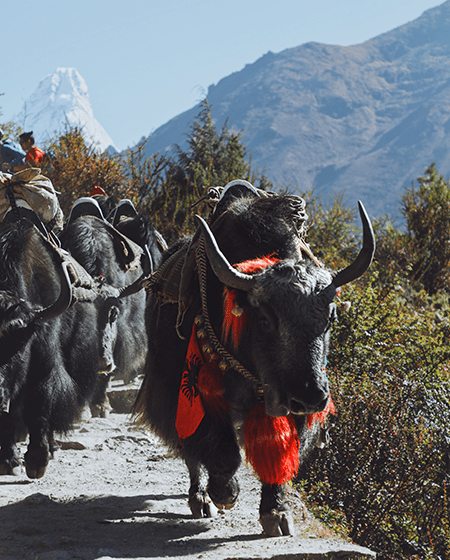
I have teamed up with Kathmandu giving tips and tricks about WHAT TO PACK FOR EVEREST BASE CAMP TREK!
Ever since I could remember, hiking to Everest Base Camp (EBC) has been a dream of mine and in 2019 I finally did it! EBC is no walk in the park. What helped me throughout my hike was making sure I packed the appropriate gear.
…….
Not only am I a Photographer but for the last six years I have also been a Kathmandu team member. Both working as a Sales Assistant for Kathmandu and doing the EBC trek have given me insight into what gear you should be packing for your next trip to EBC.
KATHMANDU ARTICLE: WHAT TO PACK FOR EVEREST BASE CAMP TREK
I discuss the essentials that I found most useful along the way. Read the full ARTICLE HERE on Kathmandu’s website. Make sure to also watch the video above or in the article.














